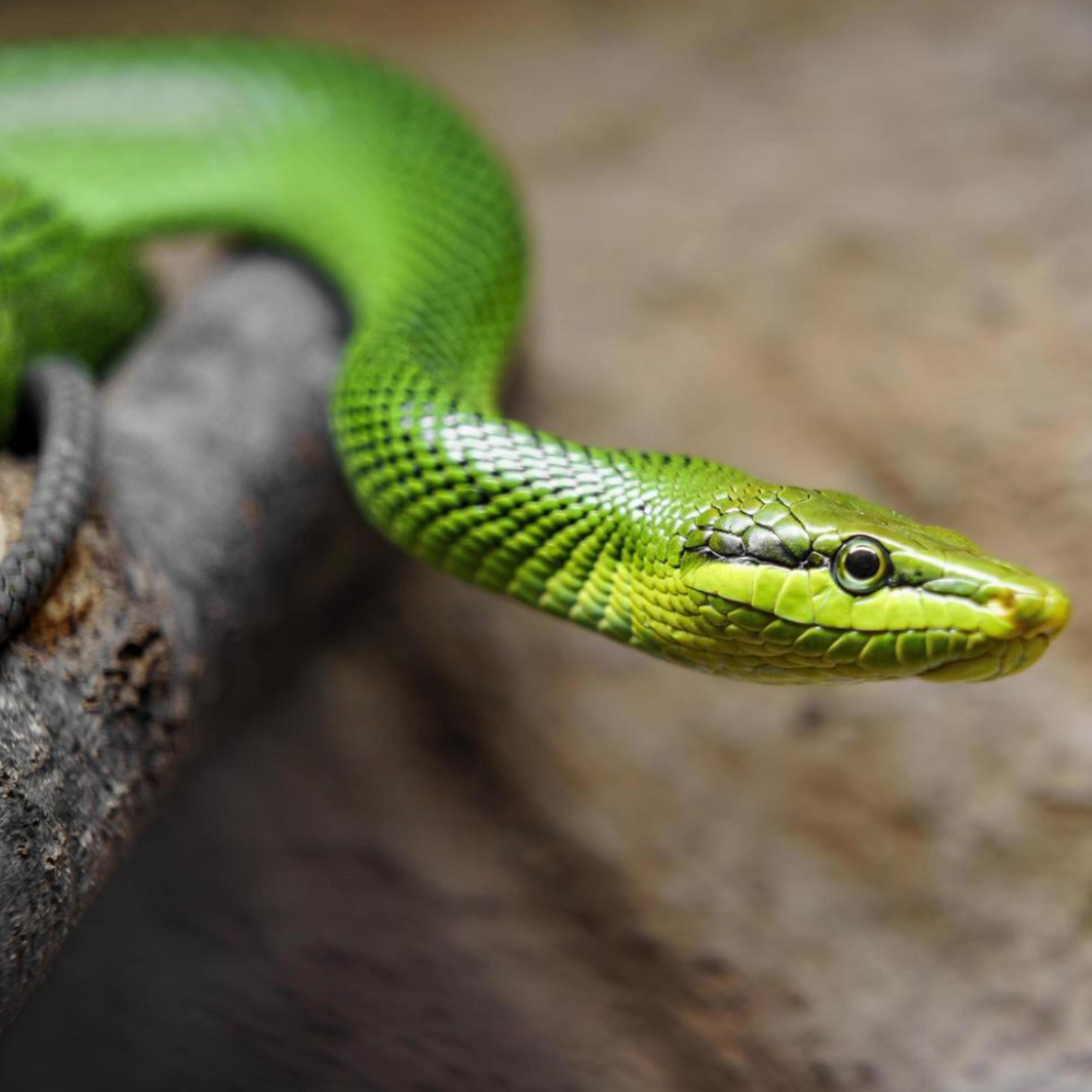BUILDING BIOACTIVE HOMES FOR REPTILES

BUILDING BIOACTIVE HOMES FOR REPTILES
SUMMARY
Transform your reptile’s enclosure into a thriving ecosystem with Building Bioactive Homes for Reptiles. This guide provides step-by-step instructions to create self-sustaining habitats that promote your reptile’s health and mimic their natural environment.
FEATURES
- Bioactive Basics: Understand the key components of bioactive setups.
- Substrate Layers: Learn how to create the perfect foundation for bioactive systems.
- Live Plant Integration: Tips for selecting and caring for enclosure plants.
- Cleanup Crews: Discover the role of isopods, springtails, and other beneficial organisms.
- Water and Drainage Systems: Maintain proper hydration levels and avoid excess moisture.
- Lighting and Heating: Optimize conditions for plants and reptiles alike.
- Species-Specific Setups: Tailor bioactive enclosures to your reptile’s unique needs.
- Maintenance Tips: Keep your bioactive habitat thriving with minimal upkeep.
DESCRIPTION
Bioactive enclosures are more than habitats—they’re living ecosystems that benefit both your reptile and the environment. Building Bioactive Homes for Reptiles is your ultimate resource for designing and maintaining these self-sustaining systems.
Bioactive basics introduce you to the core components of these setups, including substrate layers, live plants, and cleanup crews that work together to replicate natural processes.
Substrate layers form the foundation of a successful bioactive enclosure. Learn how to layer soil, drainage, and organic materials to support plant growth and waste decomposition.
Live plant integration adds beauty and functionality to your enclosure. This guide helps you select the best plants for your reptile’s habitat, ensuring they thrive alongside your pet.
Cleanup crews, such as isopods and springtails, play a crucial role in maintaining the ecosystem by breaking down waste and controlling mold, reducing the need for frequent cleanings.
Proper water and drainage systems prevent excess moisture while keeping the habitat hydrated, creating a balanced environment for both plants and reptiles.
Lighting and heating recommendations ensure that your plants and reptiles receive the proper conditions to flourish, including UVB and heat source placement.
Species-specific setups provide tailored advice for reptiles such as geckos, snakes, and turtles, ensuring their bioactive homes meet their unique environmental needs.
Maintenance tips focus on keeping your bioactive enclosure healthy and low-maintenance, from monitoring plant growth to managing waste cycles naturally.
Whether you’re new to bioactive systems or looking to refine your skills, Building Bioactive Homes for Reptiles equips you with the knowledge to create a stunning, self-sustaining habitat that promotes your reptile’s well-being and enriches their life.
- Sumedha Annepu

Comments 0